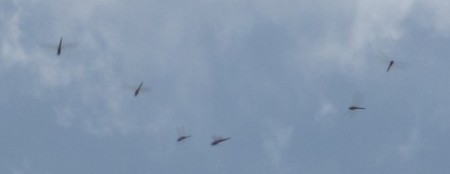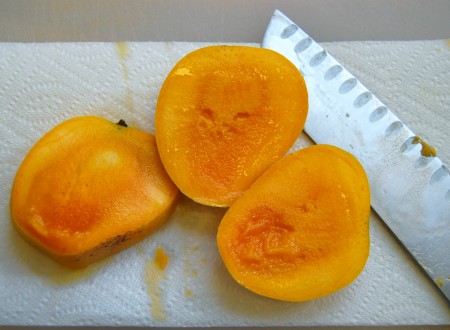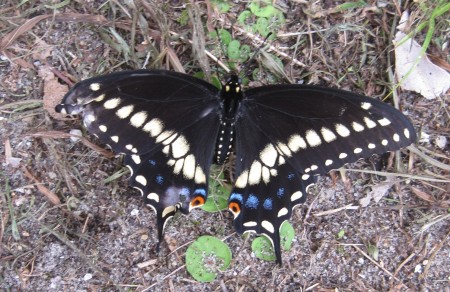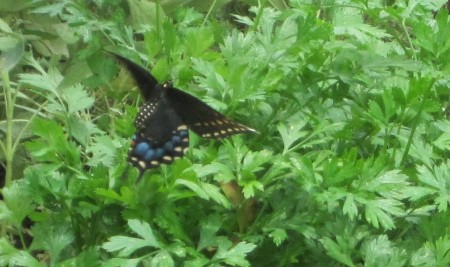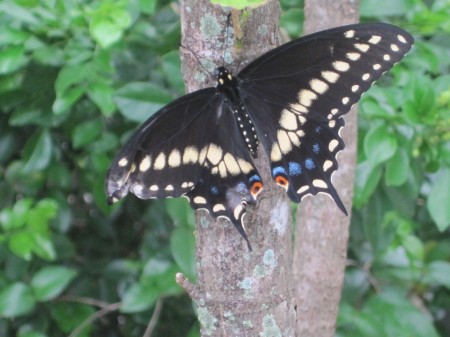Fascination
Dragonflies are beautiful, graceful creatures. I have a thing for dragonflies… so much so, that my husband gave me a mobile dragonfly yard ornament that has been placed next to my fountain. It’s so nice to watch when the wind catches it.
Swarms of Dragonflies
The summer of 2013 has been a season of dragonfly swarms. I first noticed them toward the end of June, and they’ve been a recurring sight right up to today.
The dragonfly’s main food sources are mosquitoes and small flies. We have had so much rain in south Florida that the mosquito population has grown exponentially. It makes perfect sense that we would have greater than usual number of dragonflies.
It Takes Two Years!
I found out that, while mosquitoes go from eggs to flying, bloodsucking nuisances in three weeks to a month, dragonflies have a nymph stage that lasts about two years. Their eggs are laid in the water or on twigs and branches of plants hanging over the water. When the nymphs hatch, they swim and grow in the water.
Once dragonflies emerge from the water, they grow to about three inches in length with a 4-inch wingspan. Their wings are transparent and perpendicular to their bodies. Damselflies are sometimes mistaken for dragonflies, but they are smaller and their wings are held parallel to their bodies. Dragonflies do not bite or sting people, but their nymphs can deliver a noticeable bite.
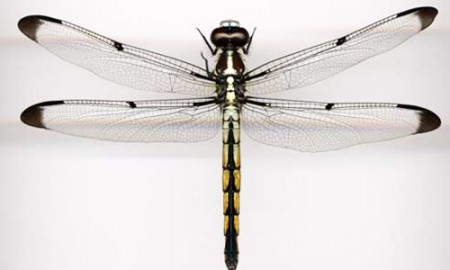 Dragonfly (Entomology Department at University of South Florida)
Dragonfly (Entomology Department at University of South Florida)
These beautiful insects can eat their weight in mosquitoes in half an hour. According to the Smithsonian Institute, dragonflies are the fastest flying insect in the world reaching 35 miles per hour.
Fascinating to Watch
Dragonfly swarms set against the blue sky and white clouds are beautiful to watch. These were videoed flying in my backyard last week. They are back in force today… still fascinating and still beautiful.
The Flight of the Bumblebee by Nikolai Rimsky-Korsakov is performed by the US Army Band.
Tags: Dragonfly · Florida3 Comments

